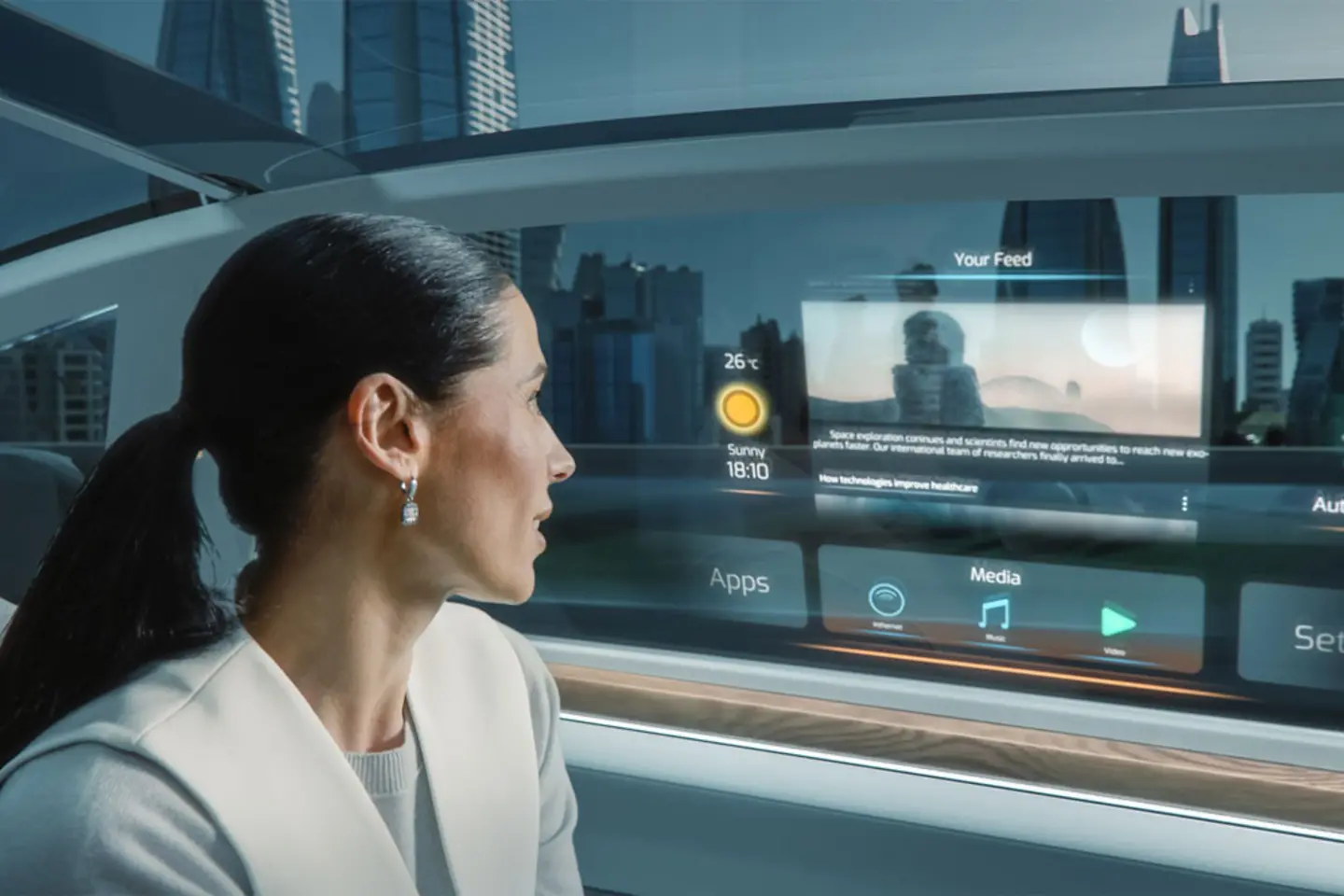
The IT architecture in cars is changing. Software-controlled services and functions are on the rise – from modern driver assistance systems to IoT applications for infotainment. From the chip in the vehicle to the cloud, T-Systems offers end-to-end solutions and provides vehicle manufacturers from the automotive industry comprehensive assistance with the development and protection of embedded software solutions – in accordance with all current compliance requirements.
More electronics and software in the vehicle – more complexity: In addition to efficient production, car manufacturers also need future-proof development and integration strategies to master the transition to the software-driven future of driving. T-Systems supports OEMs in the development of end-to-end in-car architectures. And ensures they meet the highest safety and compliance requirements – such as the international standards of Automotive SPICE (software process improvement and capability), AUTOSAR (automotive open system architecture), or ISO 26262 (functional safety).
Remote diagnosis: Embedded software links the connected vehicle with platforms for customer service or repair services as well as with functions for the car manufacturer's aftersales services. Over-the-air (OTA) services, for example from T-Systems, enable software updates or new functions from manufacturers to be installed in vehicles without the need for a visit to the workshop. The capabilities of embedded software in infotainment systems and other software applications go beyond convenience.
For example, if the manufacturer backend detects a need for maintenance based on the vehicle data, the owner is automatically informed and receives a suggested date. This proactive approach ensures that vehicle maintenance is not just about fixing issues but preventing them, thus enhancing the overall efficiency and lifespan of the vehicle.
Advancing modern mobility in the automotive Industry with features like autonomous driving functions, is carried out specialized software applications, software-controlled features, services, and processes.
T-Systems supports manufacturers with highly specialized, individual components, for example, for the analysis of ground truth data or for simulations in the development and validation of driver assistance systems. T-Systems also offers solutions for efficient and cost-effective standardized software modules "over-the-air" with its Hypercube model. These take over recurring tasks in the car – across different manufacturers and vehicle types.
The open source project “Eclipse Ambient Light Services” is developing a new concept for lighting that adapts individually and interactively to specific driving situations and scenarios – for example, when starting and stopping. With the involvement of T-Systems, the solution is being developed as a software component that provides signals for color, brightness, and motion adjustments and can be easily ported to different vehicle platforms.